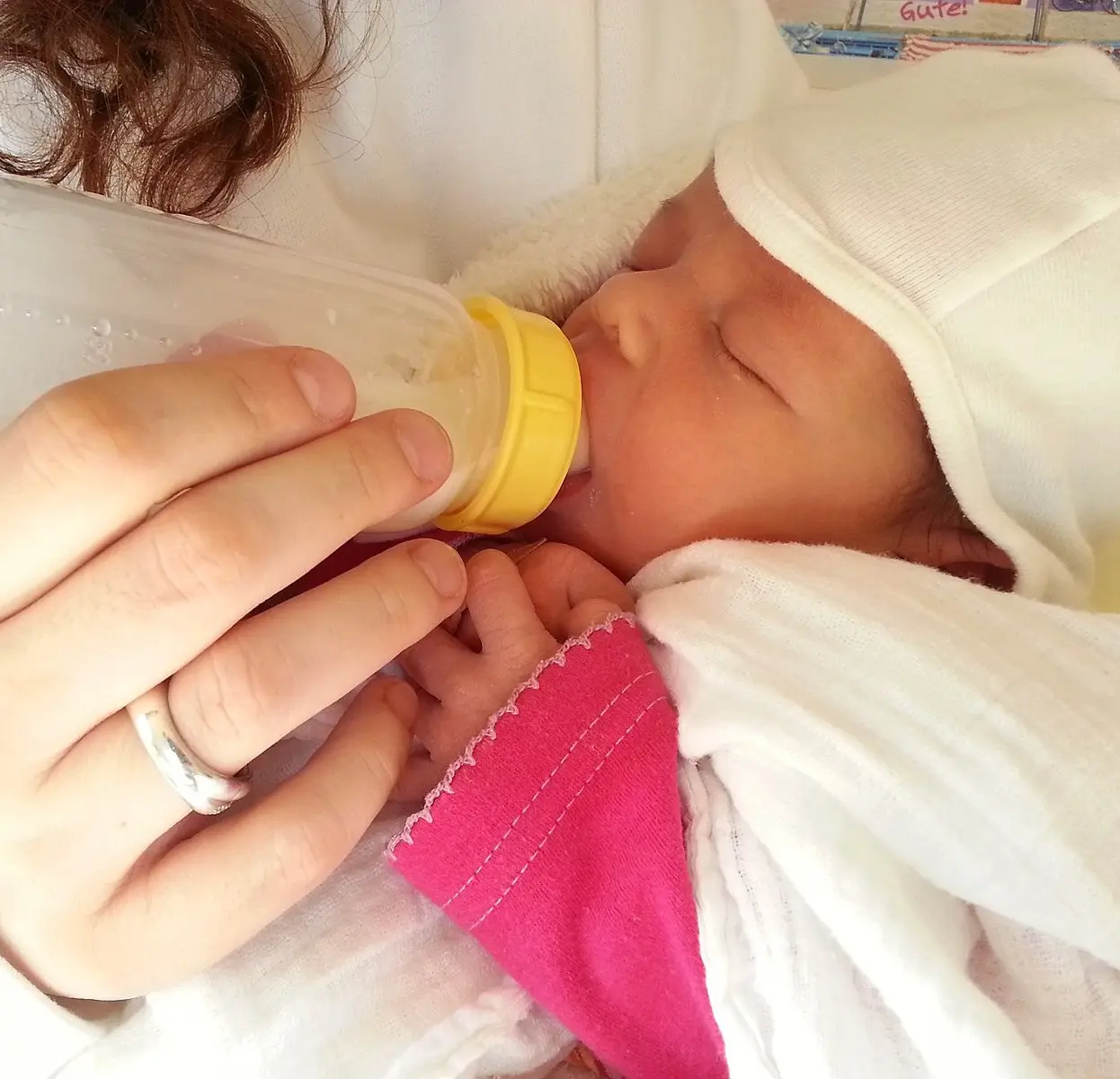In this review
Lorem ipsum dolor sit amet, consectetur adipiscing elit. Suspendisse varius enim in eros elementum tristique. Duis cursus, mi quis viverra ornare, eros dolor interdum nulla, ut commodo diam libero vitae erat. Aenean faucibus nibh et justo cursus id rutrum lorem imperdiet. Nunc ut sem vitae risus tristique posuere.
Lorem ipsum dolor sit amet, consectetur adipiscing elit. Suspendisse varius enim in eros elementum tristique. Duis cursus, mi quis viverra ornare, eros dolor interdum nulla, ut commodo diam libero vitae erat. Aenean faucibus nibh et justo cursus id rutrum lorem imperdiet. Nunc ut sem vitae risus tristique posuere.
Heading
Concerns about milk supply are one of the most common reasons parents stop breastfeeding - even though true low supply is less common than many believe. New guidance from KellyMom, a breastfeeding education resource used by pediatricians and lactation consultants, outlines clear, measurable signs that indicate whether a breast-fed baby is receiving enough milk in the early weeks.
Key Findings
- Early weight loss is normal. Healthy newborns may lose 5–7% of birth weight in the first days, but should return to birth weight by 10–14 days.
- Diaper output is one of the strongest indicators. By day 4, babies should produce at least 6 wet diapers and several quarter-sized yellow stools per day.
- Visible breast changes aren’t reliable. Soft breasts, lack of leaking, or absence of a “let-down” sensation don’t predict supply.
- Behavior can be misleading. Cluster feeding, fussiness in the evening, and frequent night feeds are normal patterns - not proof that a baby isn’t getting enough.
- Red flags include persistent weight loss, low urine output, or delayed transition from meconium to regular stools.
Why It Matters
Perceived insufficient milk supply (PIMS) is one of the leading drivers of unnecessary formula supplementation, often creating a cycle where less breastfeeding leads to reduced milk production. Clear, objective markers - especially weight gain and diaper output - help parents distinguish between normal newborn behavior and true feeding issues. Early access to lactation support can prevent avoidable disruptions to milk supply and breastfeeding confidence.
Takeaways
• Track wet and dirty diapers - they provide the most immediate feedback on intake.
• Focus on weight checks, especially between days 3–14.
• Understand that frequent feeding is biologically normal, not a sign of failure.
• Seek lactation guidance promptly if diaper output drops, weight gain stalls, or stools don’t transition on schedule.
Read the Research: Kelly Bonyata, IBCLC. Is Baby Getting Enough Milk? KellyMom. Updated 2024. https://kellymom.com/bf/got-milk/supply-worries/enough-milk/










